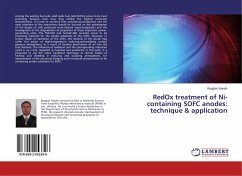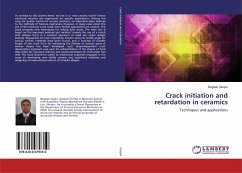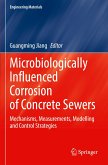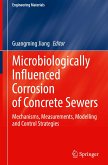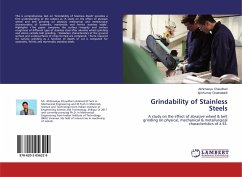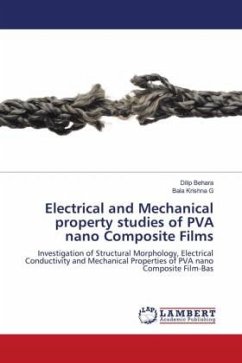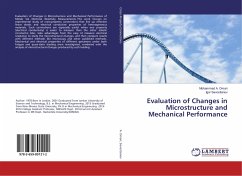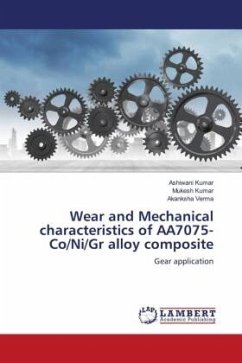Among the existing fuel cells, solid oxide fuel cells (SOFCs) prove to be most promising because even now they exhibit the highest economic characteristics. It is time to continue their commercial production and the main attention of the researchers should be focused on the optimization of the design of cells produced from layered macrocomposites and the investigation of the degradation of properties of these important power-generating units. The YSZ-NiO and ScCeSZ-NiO ceramics prove to be promising materials for the anode substrates of the SOFC. However, in certain stages of operation of the SOFC, the material of the anode may suffer the action of high-temperature reducing-and-oxidizing (redox) gaseous atmospheres, as a result of random penetration of air into the fuel channels. The influence of oxidation and the corresponding reduction cycles is, as a rule, regarded as negative and undesired. In this work, it is proposed to use the redox treatment technique at certain modes of heating and dwelling in reducing and oxidizing atmospheres, for improvement of the structural integrity and functional characteristics of Ni-containing anode substrates for SOFC.
Bitte wählen Sie Ihr Anliegen aus.
Rechnungen
Retourenschein anfordern
Bestellstatus
Storno

